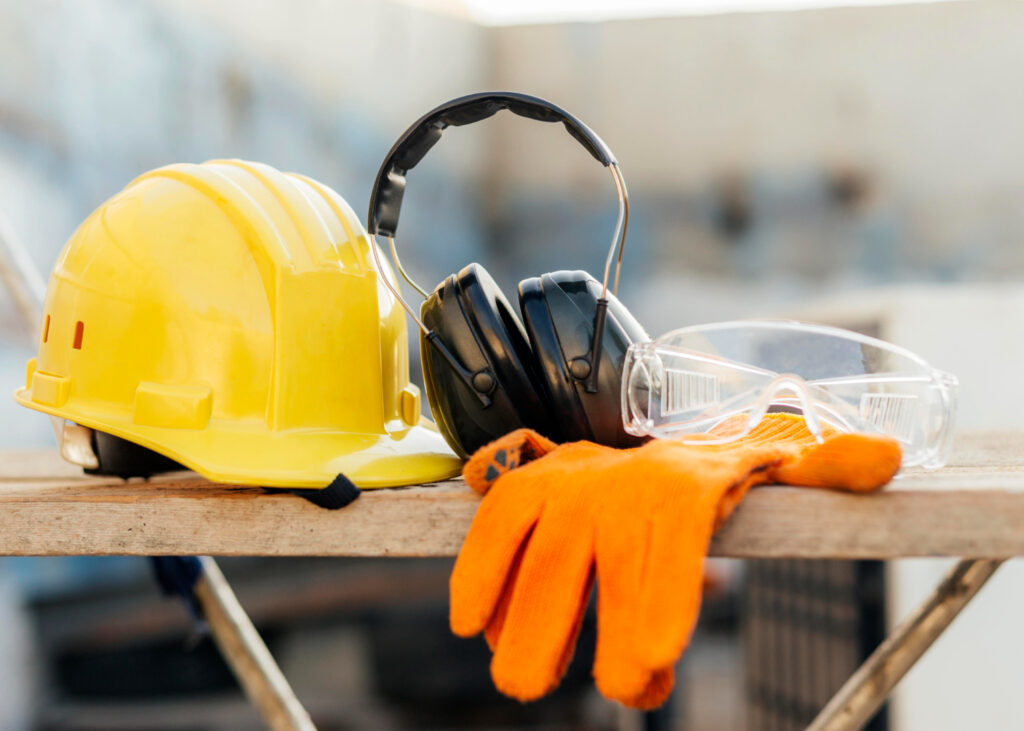
Personal Protective Equipment (PPE) is the general term for gear and garments that provide physical protection in potentially hazardous environments. Examples include construction sites with heavy machinery and a chance of falling objects, and hospitals where infectious diseases are treated.
Since 1992, it has been a legal requirement for employers to provide complimentary comprehensive PPE to employees working in environments that could endanger their physical health.
When working on DIY projects at home, you should take the same precautions to protect your health and safety with the right PPE. Even short and simple tasks have inherent dangers, and the risks increase if you have to handle power tools, rig up electrics or deal with difficult materials.
Essential PPE for DIY
Table of Contents
1. Safety goggles
Planning a project that involves chemicals with dangerous fumes or will release dust or small particles in the air? Safety goggles or glasses are essential equipment for your DIY toolkit.
These are made from strong shatterproof materials, in the style of traditional glasses or designed along the lines of ski goggles secured by a band behind the head.
2. Face mask or respirator
When inhaled, dust and particles can damage your lungs, too. Alongside your eyewear, you should use a face mask or respirator to stop you from breathing in anything harmful.
A face mask is suitable if you want to block dust whereas a respirator is necessary to protect against dangerous gases and fumes.
3. Ear guards
Did you know that prolonged exposure to sounds louder than 85 decibels can damage your hearing permanently? Most power tools operate between 80 and 120 decibels so ear guards are a must to mitigate harm to your hearing.
4. Gloves and boots
When working outside and handling heavy materials like stone, concrete and timber, you must wear protective footwear like site work boots with in-built toe protection like steel or composite caps. These materials could cause serious damage if they fall onto your feet.
Gloves are equally important when you’re handling materials that could harm your skin such as chemicals and sharp objects. You can find special safety gloves that are resistant to cuts yet allow a full range of motion.
5. Head protection
You might think that head protection is only necessary on construction sites and in factories where work is done up a height, but head protection should be worn whenever there’s a chance of flying or falling objects.
For example, jobs like cutting trees and working with swing cables should be done in a helmet. Head protection can also protect against electric shocks in certain circumstances.
